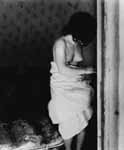 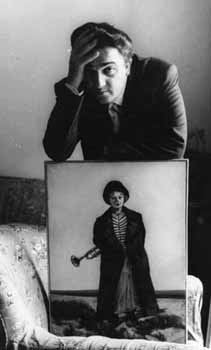
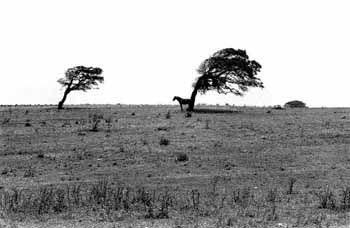
|
1952,
1956, 1959
This years corrispond to crucial phases in Pinna's life.
After a brief experience as a cameraman, the 1952 marks his beginning in
the field of photojournalism. He founded the "cooperativa" Fotografi
Associati with Plinio De Martiis, Caio Mario Garrubba, Nicola
Sansone e Pablo Volta, first nucleus of the so called "scuola romana",
a small group of keen reporters. He was very involved with the activities
of Communist Party and made his first reportages for the militant reviews
("Paese Sera", "Vie Nuove", "Noi Donne"). During that period he became
friendly with Franco Cagnetta, pioneer
in the field of anthropological studies and scientific photography.
Trough Cagnetta, Franco Pinna met Ernesto De Martino,
a well known italian anthropologist. Together with Vittoria De Palma, the
musicologist Diego Carpitella and the art critic Marcello Venturoli they
started an important ethno-anthropological mission in the italian southern
region of Lucania. |
In the
spring of 1956 Pinna followed Cagnetta in his intense anthropological
reportage about the social condition in the roman borgate.
To this expedition took part even Alberto Moravia, Giovanni
Berlinguer, Piero Della Seta, Elsa Morante, Goffredo Parise and Pier Paolo
Pasolini. the political events of that years (XX Congress of the
Soviet Communist Party, the invasion of Hungary), caused Pinna's departure
from the italian Communist Party; besides Cagnetta changed his scientific
interests so, for all these reasons the expedition was suspended (to be
concluded few yers later by Berlinguer e Della Seta).
In august Pinna had the opportunity to take part of a
second anthropological research in Lucania with the same team of the preceding
travel (with the only exclusion of Venturoli). |
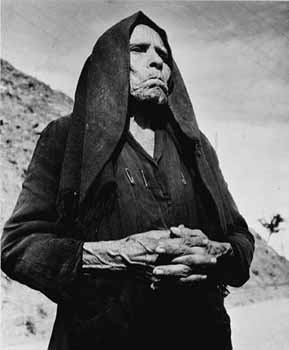
|
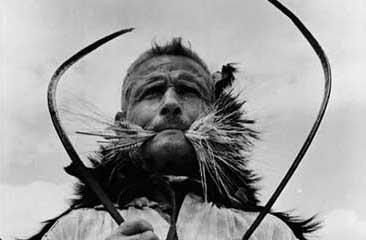 back to the
photos
back to the
photos
|
In the 1959, following De Martino
expeditions, Pinna made his most mature reportages: the Tarantate
of the Salento and The game of the Scythe about the religious rituals
among the farmers population in Lucania. In the same year Pinna published
his first photobook: La Sila, with the result of a photographic
work more free and expressive, liberated by De Martino's rigorous anthropological
approach. The issue of Sardegna. Una civiltà di pietra (Sardinia.
A stone civilization) in the 1961, the second Pinna's photobook, marks
the end of his professional relation with Ernesto De Martino. |